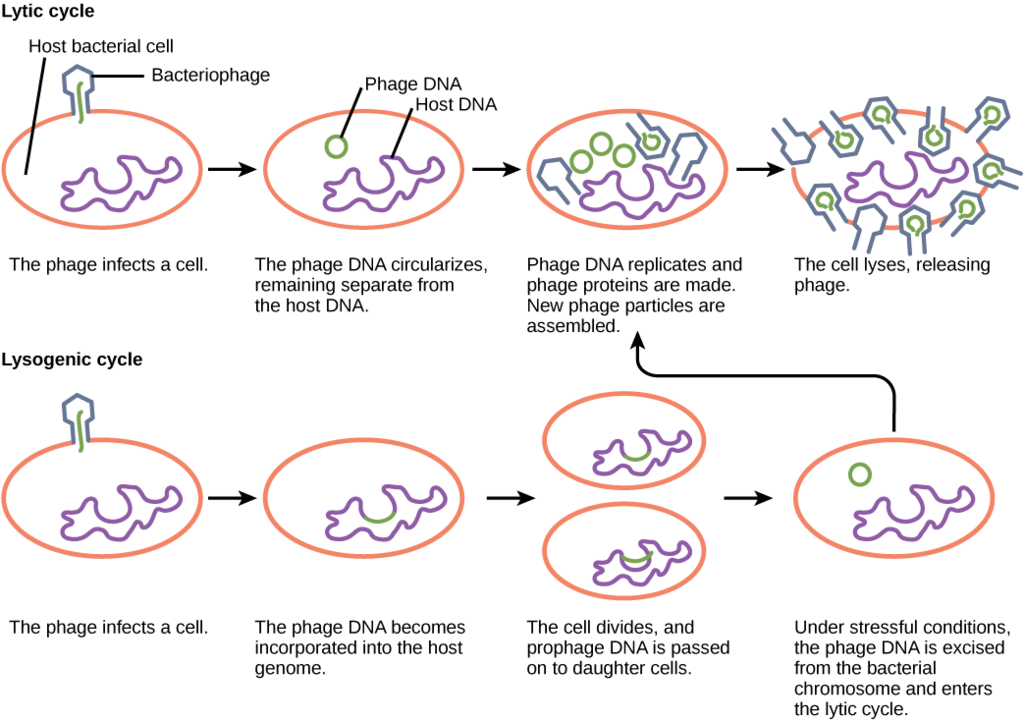
Defining Life
Biology is the study of life, so a good place to start is with a definition. It's harder than you might think to come up with a comprehensive definition of life, or a list of properties that is unique to all living things. Why? There are many phenomena with some of the characteristics of life, but that clearly aren't alive. A fire, for example, moves, consumes resources, grows, and reproduces itself, but it is not a living thing. Similarly, an inorganic mineral crystal can grow and make copies of itself. A definition of life has to be broad enough to include the most primitive forms, such as the bacteria, as well as a giant sequoia tree, a mushroom, a hummingbird, and ourselves. A definition also has to be narrow enough to exclude the formerly living (a dead organism) or the almost living, but not quite, such as a virus. Is it possible to define life using a single characteristic, or must we make a checklist, where something is living only if all of the boxes are checked? Since we assume that life self-assembled from non-living materials on the early Earth through natural processes (abiogenesis), it is also possible that life could form elsewhere in the universe under favorable conditions. Would our definition work for non-terrestrial life, that might be based on some element other than carbon, or that used something other than DNA to encode genetic information?

A slinky descends stairs, but it is not alive.
Let's start by making a list of characteristics that all living things have in common. Can you come up with five properties or behaviors common to all living things?
Now let's determine how to exclude some of the things that have some, but not all, of the properties of a living thing.
- fire:
- mineral crystal:
- glacier:
Next, let's look at an edge case. Some people argue that viruses are non-living because they can't exist without a host cell. What does a virus lack?

If a virus isn't a living thing, what about a parasite? Justify your argument.
What are some of the differences between a recently dead animal and a living one? How do we define "dead?"
Some definitions of life focus on the basic unit of life; the cell. Is this sufficient? Can there be life without a cell? Must this have always been the case?
Some definitions include such characteristics as those below. Research these terms and explain why each of these is important.
Origin of Life: Thinking about a definition for life naturally raises questions about life's origin. Many of life's most essential biomolecules, including phospholipids (the fats that are the key component of cell membranes), amino acids (the building blocks of proteins), nucleic acids such as RNA, and oligosaccharides (carbohydrates), are capable of self-assembly under favorable conditions. Read about the Miller-Urey experiment where the conditions on the early Earth were simulated. Of course, as life developed on Earth, it changed the world in significant ways, including the production of oxygen which was toxic to many early life forms. Living things also consume and break down organic molecules, so the continued development of living forms from non-living organic molecules would be suppressed once living things became prevalent. Natural selection and time are the only other ingredients needed to facilitate the ever-increasing efficiency and complexity of life.